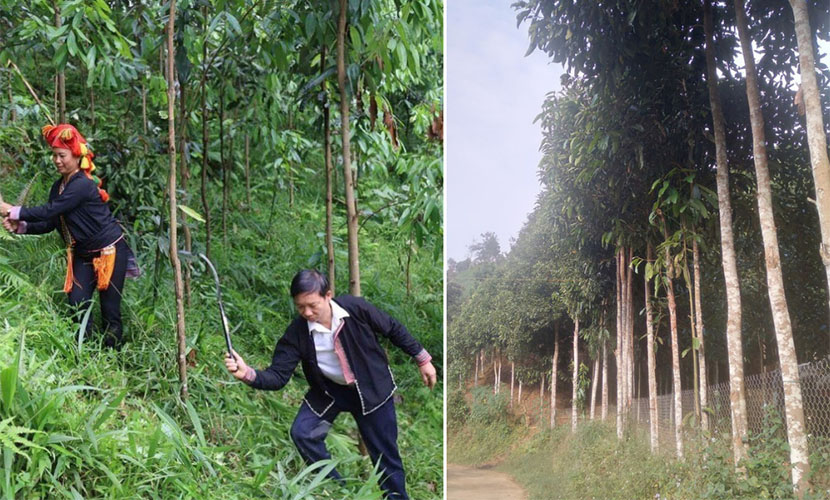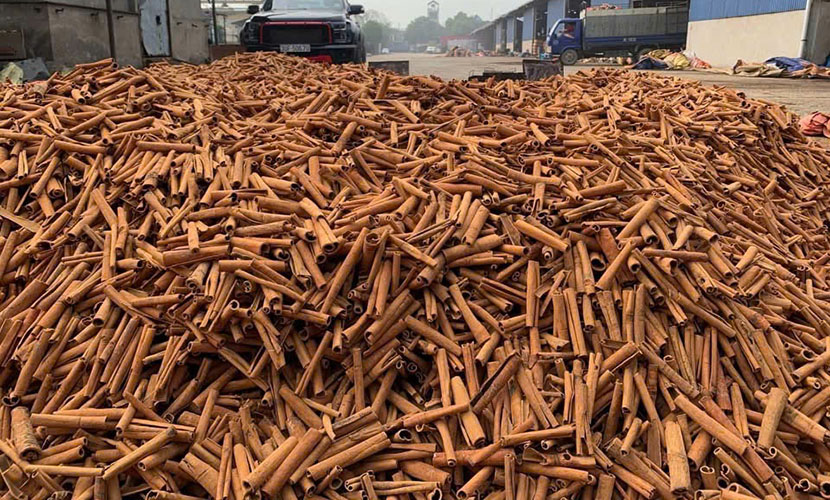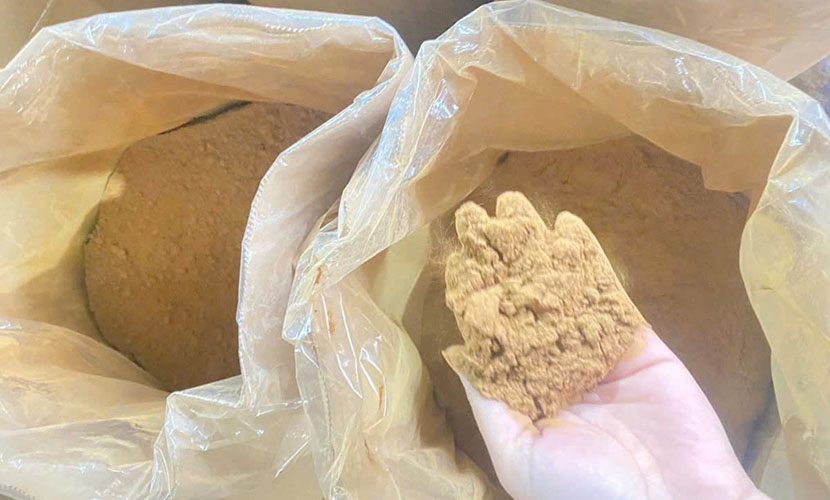
The Vietnamese organic cinnamon cultivation models bring positive results. Accordingly, they enhance economic value and improve people’s livelihoods.
Mr. Kim is a farmer in Chieng Ken Commune, Lao Cai Province. For decades, he has had the largest area of organic cinnamon cultivation in the commune. His family’s area covers with more than 10 hectares.
From selling just the pruned cinnamon leaves, his family earns hundreds of millions of VND annually. In just a few more years, when the cinnamon forest reaches harvest time, his family can earn billions of VND.

Vietnamese organic cinnamon model
Mr. Kim shared: “The local authorities promoted the Vietnamese organic cinnamon cultivation models a few years ago. Then, I found them reasonable and decided to follow them. Currently, my entire cinnamon forest uses no harmful pesticides or herbicides. We clear land and remove weeds using traditional methods.”
One advantage of Vietnam’s cinnamon farming is that the forest provides an annual income from leaf sales. This allows farming households to have additional funds to reinvesting and developing their cinnamon forests, Mr. Kim said.
Mrs. Tach’s family, in Bao Thang Commune, owns 7 hectares of five-year-old cinnamon. By adopting organic farming methods, they save on costs typically spent on pesticides. Every year, her family earns nearly one hundred million VND from selling cinnamon leaves. This income both covers family living expenses and helps reinvest in forest care.

Vietnamese organic cinnamon sticks
Currently, in Bao Thang Commune, many other households are also applying this organic cinnamon cultivation model. They share experiences on growing and caring for cinnamon. During leaf pruning and weeding seasons, households take turns helping one another, completing work in one home before moving on to the next. This practice has strengthened community bonds and solidarity among villagers.
Every year, Lao Cai province regularly organizes training sessions on organic cinnamon cultivation techniques. These sessions are part of a central agricultural extension project for the 2024–2026 period titled “Developing organic cinnamon cultivation models in several Northern mountain provinces.”
Participants in these training sessions are introduced to development directions for the cinnamon industry,. Also, exports analyze opportunities and challenges in the market. In addition, they provide technical guidance on cultivation, care, pest control, and how to maintain a production log according to organic agriculture standards.

Organic cinnamon powder from Vietnam
Ms. Trang is another farmer from An Tra Hamlet, Bao Thang Commune. She shared: “The organic cinnamon training classes are very helpful. Trainers come directly to the cinnamon farms, so we get hands-on practice. If someone does not understand something, they explain in detail until it is clear. We’re all happy to participate. Sometimes, the training is held in other communes, but when we hear about it, we still go there to join and learn. As a result, the training knowledge will improve our skills and experience in organic cinnamon farming.”
In addition to theory, trainees also get practical experience through the organic cinnamon farming model. Therefore, they can fully grasp the production process, from soil preparation, planting, nurturing, to harvesting.
These training programs help farmers master organic cinnamon cultivation techniques, increase productivity, quality, and value of cinnamon products. Also, they help promote the development of cinnamon-growing regions, give people more opportunities to sustainably escape poverty.
Vietnamese source: https://nongnghiephuuco.vn/nang-tam-mo-hinh-trong-que-huu-co-8462.html
